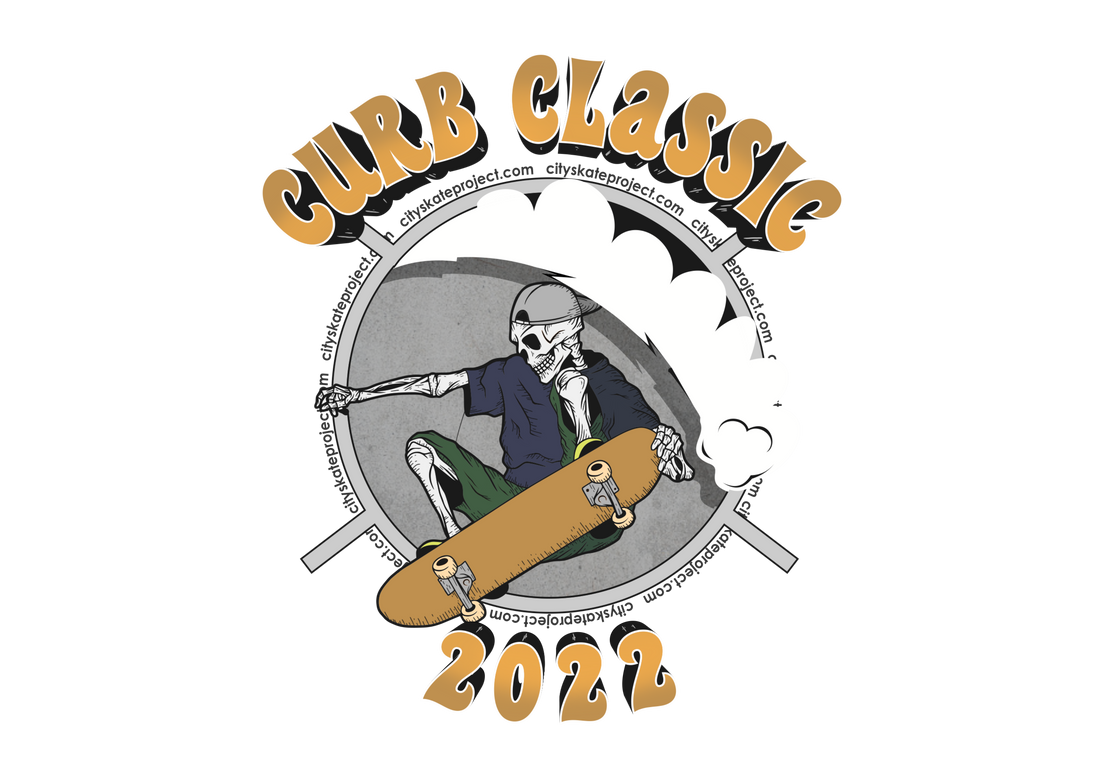The 1960s was a decade of change and experimentation, and skateboarding was no exception. It was during this decade that the sport began to take shape and establish its own unique culture.

As the decade began, Skateboarding was still considered a niche activity, mostly enjoyed by a small group of enthusiasts in Southern California. However, as more and more people began to discover the thrill of riding a Skateboard, the sport began to grow in popularity.
One of the major factors in the rise of Skateboarding in the 1960s was the construction of the first Skatepark in Southern California in 1955. This park, known as Skateboard World, provided Skateboarders with a safe and controlled environment to practice and compete in, and it quickly became a popular destination for Skateboarders from all over the state.
As the sport grew in popularity, the first professional Skateboarders emerged. These early pioneers, such as Woody Woodward, Larry Stevenson, and Phil Edwards, helped to establish the sport's first competitions and set the standard for what was possible on a Skateboard. They also helped to create the first Skateboarding magazines, such as Skateboarder Magazine, which helped to document the sport's development and showcase its top athletes.
The 1960s also saw the rise of a new Skateboarding culture, one that was heavily influenced by the counterculture movement of the era. Skateboarders of the time were often seen as rebels, and the sport was associated with the "surf and sun" lifestyle of Southern California. Skateboarders often wore long hair, surf-style clothing, and sported a laid-back attitude that set them apart from mainstream society.
As the decade progressed, Skateboarding began to spread to other parts of the country. Skateparks were built in cities like Chicago, New York, and Philadelphia, and the sport began to attract a wider and more diverse group of participants.

The 1960s was a pivotal decade for Skateboarding, as the sport began to establish its own unique culture and identity. It was a time of experimentation and innovation, as Skateboarders pushed the limits of what was possible on a Skateboard and helped to lay the foundation for the sport as we know it today.
In summary, the 1960s was a crucial decade for the development of skateboarding as a sport and culture. With the construction of the first Skatepark, the emergence of professional Skateboarders, and the rise of a new counterculture-influenced Skateboarding culture, the sport established its own identity and began to grow in popularity. The decade laid the foundations for the sport's future developments and popularization in the following years.

